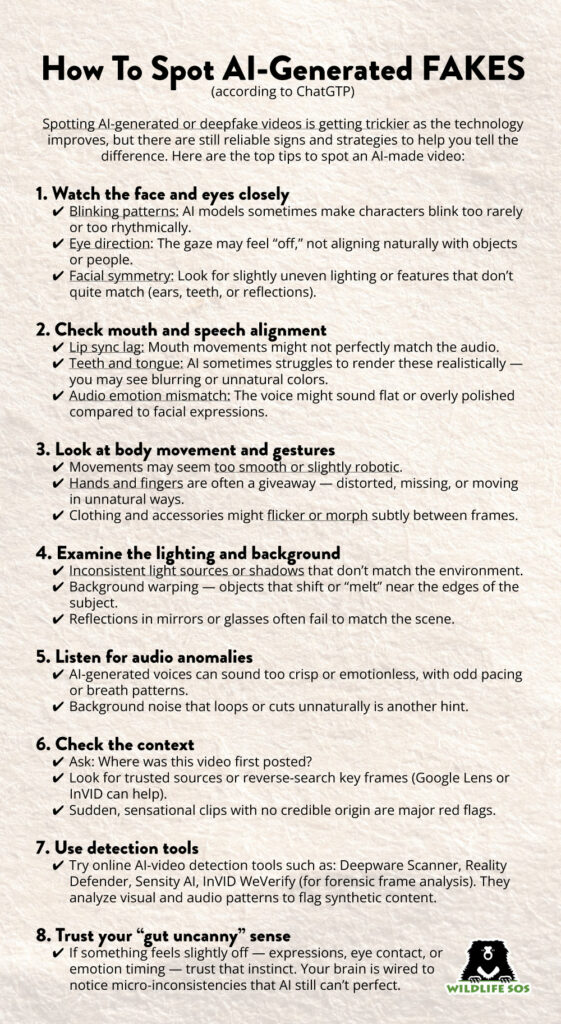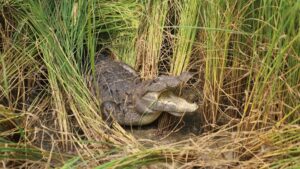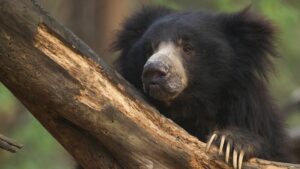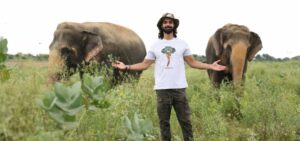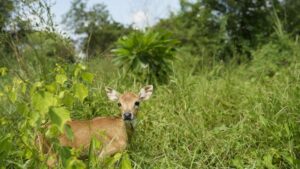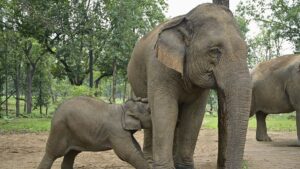If you’re like us, you’ve probably read a lot about AI (artificial intelligence) lately. Is it useful? Is it wasteful? Is it bad for the environment? Will it take my job? Can I believe anything I see anymore?
At Wildlife SOS, we’ve seen a disturbing and growing trend of AI-generated wildlife videos. These clips can be especially deceptive for viewers when combined with real video, and the quality will only improve with technology. We’ve even had some of our video stolen from social media posts and used in deceptive ways to earn “clicks” for dishonest media accounts.
Our teams do some unbelievable work and rescues, and much of this work is captured by our amazing photographers. It’s how we show supporters the impact we’re making together. However “unbelievable” the rescues may seem, they are all real. The above photo of a leopard rescue from a deep, deep well is a good example – this was a real rescue, and the leopard was released back into the forest.

With the recent proliferation of ‘deepfake’ wildlife videos, we’re alarmed that these deceptive visuals and claims could diminish the impact of our real videos, and by default discredit our work.
So we’re crafting an official Wildlife SOS policy, and it will likely evolve as technology changes.
Here’s our promise to you: We will never use AI video to represent an actual rescue or situation, and never alter our video using AI. You can have confidence that what you see from Wildlife SOS is real and trustworthy.
At the same time, we can’t discount thoughtful use of AI to help us work more efficiently to save wildlife. We may use AI to jumpstart writer’s block, or to help us scour the world’s extensive wildlife research archives. As the technology changes rapidly, our policies will likely evolve with an eye towards efficiency, effectiveness and concern for environmental impact.
Going forward, if we create, for instance, an animated Bani cartoon (wouldn’t that be fun?), we will make sure to include the note, “This video contains computer-generated animations”. Also, look for the Wildlife SOS logo watermark and know you can trust the integrity of our video.
Please see these tips for identifying “deepfake” videos, according to ChatGPT of course!
